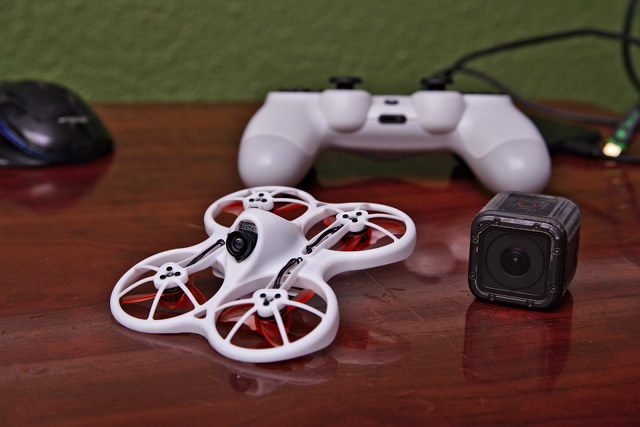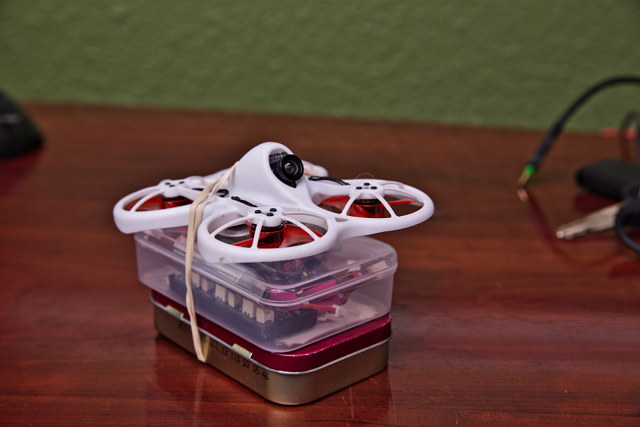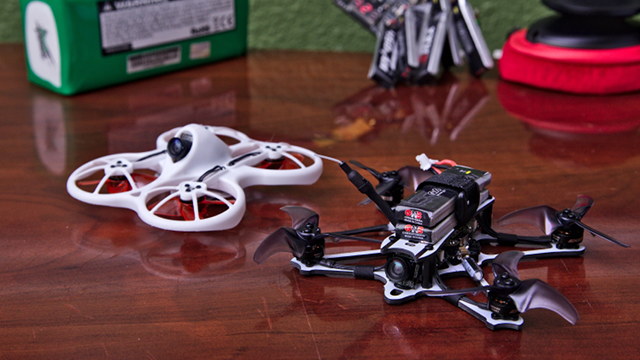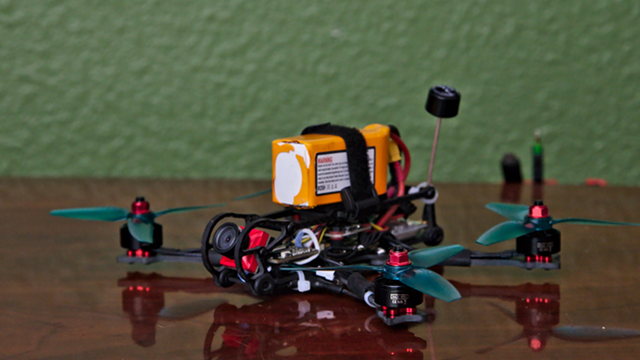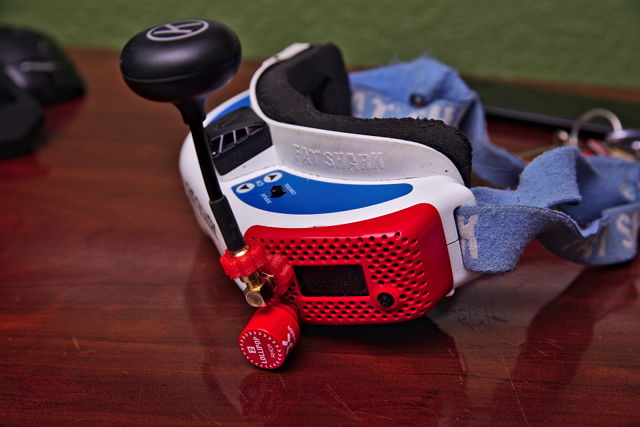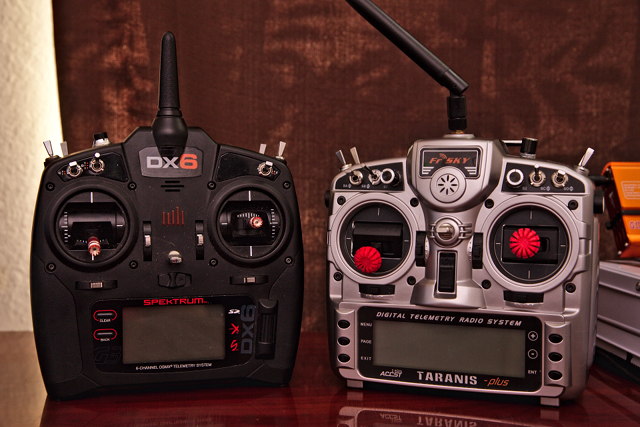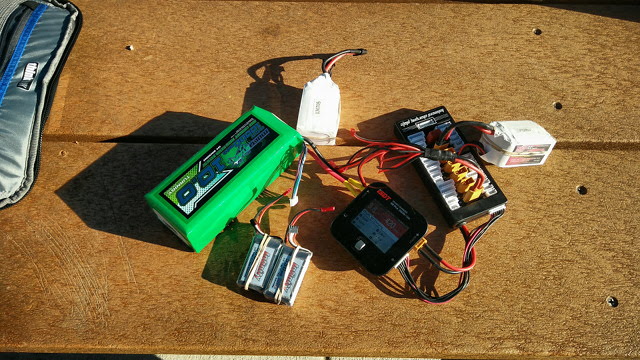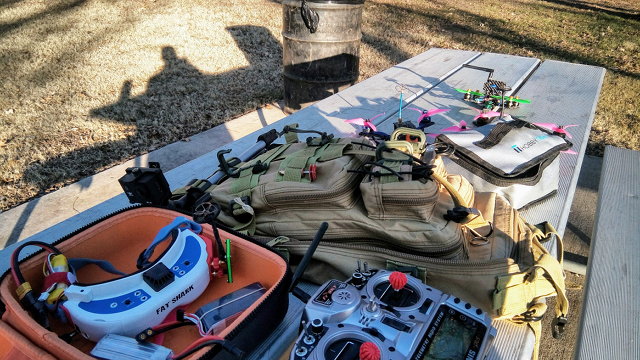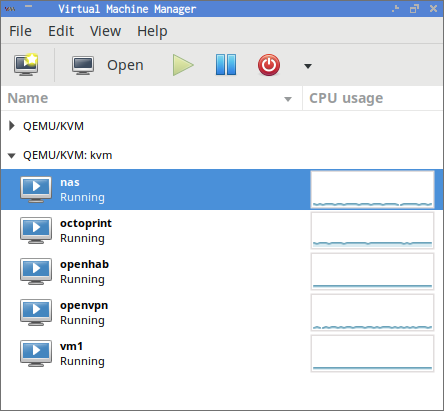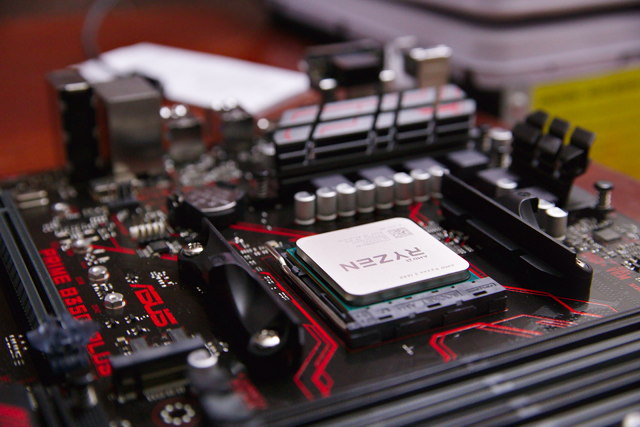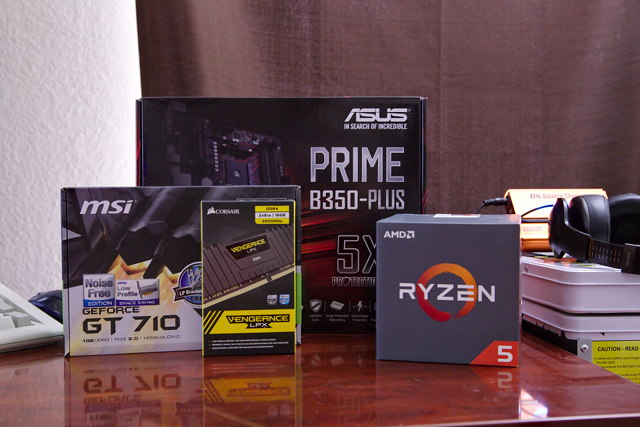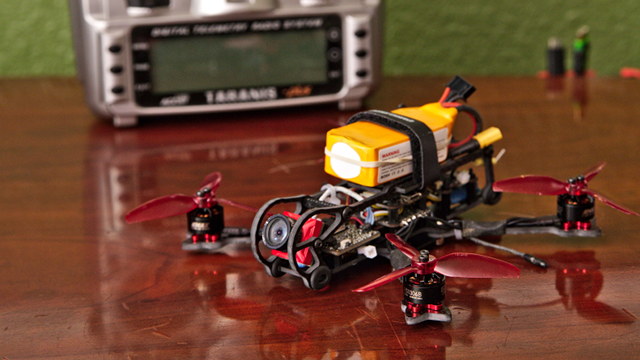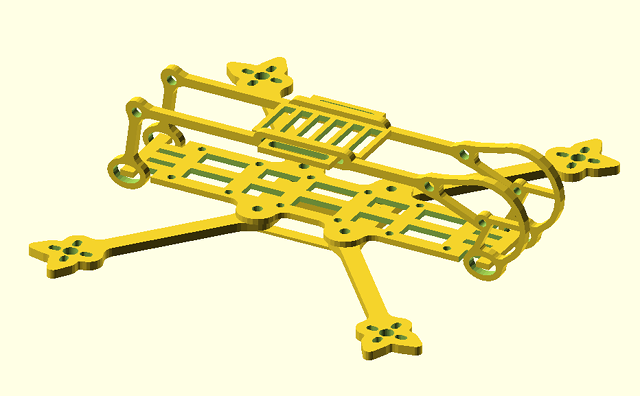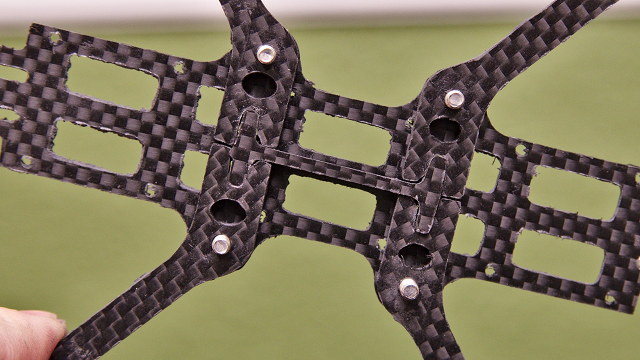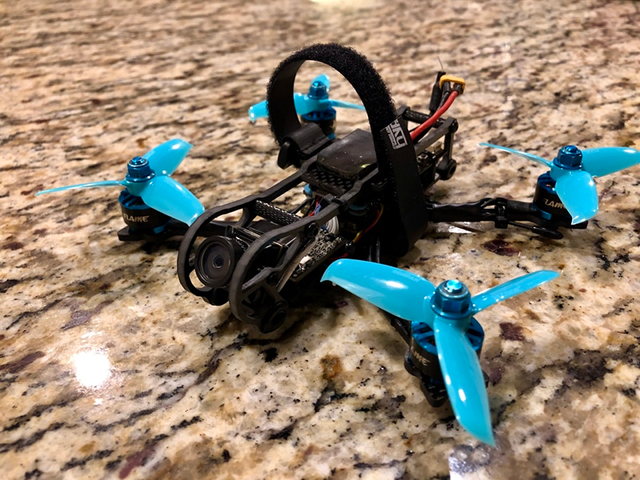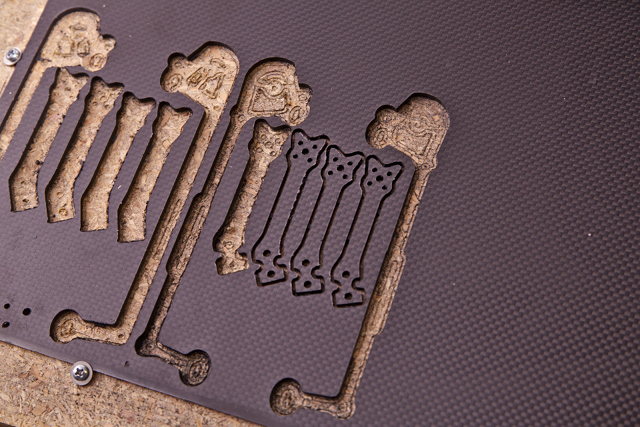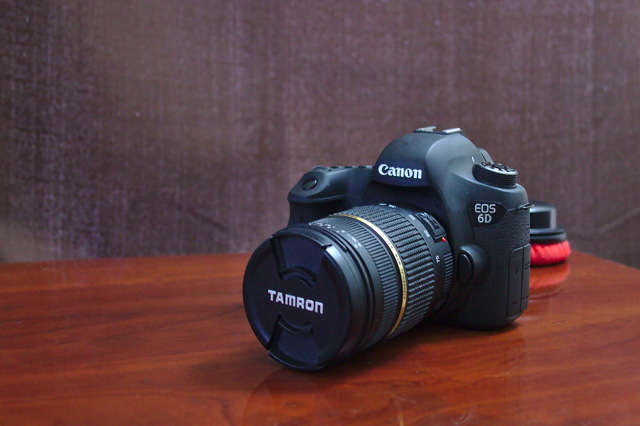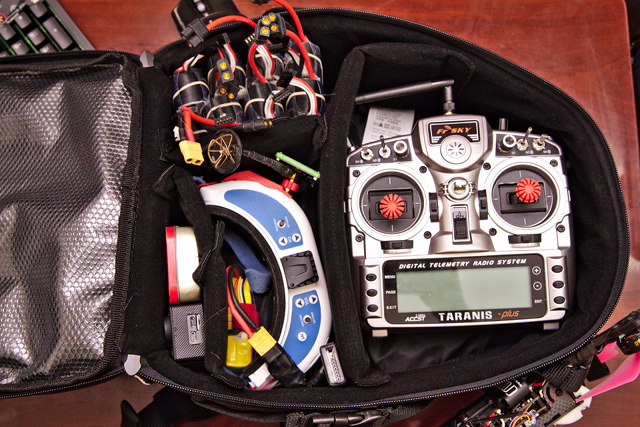UPDATE: Private Internet Access is merging with Kape Technologies. I’ve been reading a bit about this today, but I’m going to have to do more research. It sounds like this could be bad for PIA customers and their privacy. At this time, I would RECOMMEND AGAINST SUBSCRIBING TO PIA’S VPN SERVICE. I will do more research this weekend and report back!
I avoided subscribing to an anonymous VPN service for a long time, but I changed my mind about five years ago. I did some research, and narrowed my search down to a few candidates. I wasn’t even going to bother pulling the trigger—I just didn’t feel like I had much need to keep any of my Internet activities anonymous.
Then I learned that Private Internet Access would allow me to pay for their service anonymously using a Walmart or Starbucks gift card. It costs a few dollars more, but sneaking around James Bond-style sounded like it would be fun to write about! I bought a gift card, took some pictures and screenshots, and got myself set up with an account with Private Internet Access. Then I completely forgot to write about my adventure!
I don’t believe paying with a gift card is an option any longer, but you can pay with various cryptocurrencies.
The service works great. It usually has no trouble keeping up with my FiOS Internet connection at home, and Private Internet Access allows you to stay connected on up to ten devices at the same time—up from five devices when I signed up! I set it up on my desktop, laptop, and all my Android devices. I particularly like the Android client. It is just a wrapper around OpenVPN, but it has a nice “Internet Kill Switch” checkbox.
I also have a virtual machine on my KVM server that is always connected to the PIA VPN. If I feel the need to hide any traffic from my ISP, I just set that host as my default gateway, and it will route the traffic through the VPN for me.
Why am I writing about this now?
A while back, I was contacted by a shady-sounding VPN provider. They wanted me to advertise their service on my blog and use their affiliate program. I’m always cautious when companies contact me like this, and I don’t like to endorse products or services that I don’t actually use.
All providers of this sort of VPN service are going to be slimy or shady in one way or another. You don’t want them to log your traffic or connections. You don’t even want them to know who you are, or tell anyone that you’re a customer.
You’re quite possibly a little shady, too. Maybe you just want to make sure the folks on the coffee shop’s WiFi aren’t snooping on your traffic, but you also might be using the service to watch something on Netflix that isn’t available in your country.
I’ve been a happy customer of Private Internet Access for a long time. Their prices are reasonable. Their policies seem reasonable. They also happen to have an affiliate program, so I signed up.
If you click any of my links to PIA in this post, I will get a small slice of your payment.
What are you trying to protect yourself from?
When you’re away from home and connected to someone else’s network, you’re much more vulnerable to attack. Other users just like you might be trying to attack you, and the owner of the network could easily be snooping on your traffic.
My long time solution to this problem has been to push all my traffic over an ssh tunnel to one of my own Virtual Private Servers. This is a simple solution for someone like me. It keeps me safe from people on the local network, and it lets me bypass plenty of corporate firewall restrictions. I trust the operators of my data center just as much or more than I trust my ISP.
There are some downsides to using the ssh tunnel. It keeps folks on the local network from snooping on my traffic, but the servers I’m connecting to will see the IP address of my Virtual Private Server. There are also the problems that can occur when tunneling TCP over TCP on a congested link.
That IP address is most definitely tied directly to me. My data center knows exactly who I am. They know where I live. They have all my billing data.
If you’re trying to keep anonymous, then this will be a problem for you. An ssh tunnel to a VPS is also not something my mother could use.
Using a VPN like Private Internet Access will protect you in the same way as my ssh tunnels, but it will also provide an additional layer of anonymity. If you use a payment method that isn’t tied to your identity, it will be extremely difficult to match the IP address that shows up in server logs to your actual identity.
Among other options, Private Internet Access uses OpenVPN, but they also provide a friendly client application to get you connected, so it is definitely something my mother could manage to use. This is easily worth $3.49 per month.
Why not use a free VPN service?
They say that if you’re not the customer then you must be the product. This is what makes me shy away from free VPN providers.
If you’re worried about a hotel or coffee shop snooping on your traffic, then why wouldn’t you be worried about your VPN provider doing the same thing? Selling information about your activities would certainly be one way for a free VPN service to make money.
I’m happy to pay $3.49 a month in an attempt to mitigate some of that risk.
Is a VPN enough?
If you’re asking this question, there’s a good chance you’re more paranoid than I am. If you’re trying to hide from the government, or you’re doing something illegal, then you need to hide behind more than an anonymous VPN service.
I am far from an expert at hiding from the government, but if you’re just trying to protect yourself when using the free Wi-Fi at the airport, then an anonymous VPN like Private Internet Access is exactly what you need.
Why did I choose Private Internet Access in the first place?
It has been quite enough years since I made the decision to use Private Internet Access, so my memory is a little hazy.
- Up to 10 concurrent VPN connections
- OpenVPN works on Linux and Android
- The Internet Kill Switch checkbox in the Android app
- Decent scores in That One Privacy Guy’s VPN Comparison Chart
- $3.49 per month is more than reasonable (on 2 year prepay)
The ability to use the Private Internet Access service on ten devices simultaneously was a good fit for me. That had me covered on my desktop, laptop, phone, and Android tablet. In addition to those four devices, I’m also connecting to PIA with one of my virtual servers here at home.
The “Internet Kill Switch” feature in their Android client is particularly useful. This may not be the case any longer, but when I signed up for PIA, none of the Android OpenVPN client GUIs were equipped with a similar feature—Private Internet Access uses OpenVPN.
When the “Internet Kill Switch” is active, your phone or tablet won’t accidentally attempt to leak data over your unsafe connection if the VPN disconnects. This is exactly the sort of safety net you need when connected to a sketchy Wi-Fi access point!
I know enough about OpenVPN to accomplish the same thing by hand—I’m already doing this on one of my machines. You shouldn’t have to know how to do this, though. It should be easy to configure, and PIA makes it super simple to enable.
The Android app also allows you to bypass the VPN on a per-app basis. I use T-Mobile, and they don’t bill me for data when streaming video or music from most popular services. With the PIA app, I can bypass the VPN for YouTube, Google Music, and Netflix, and just leave the VPN active all the time and not worry about accidentally wasting my valuable data when I’m out and about watching YouTube videos.
Conclusion
I’ve been using Private Internet Access as my VPN provider for years. They’ve done a fantastic job. They recently raised their prices, but I’m not entirely sure by how much. I’m not intimately aware of their pricing structure, but it looks like their 2-year prepaid plan has gone up by $0.15 per month. At the same time, they increased the number of concurrent VPN connections from 5 to 10. That’s a great deal.
PIA seems like a reasonable company. They contribute to open-source projects. They score well on That One Guy’s VPN privacy chart. Their prices are pretty good, and you’re definitely not the product. The Android app is quite good.
What do you think? Am I an idiot for recommending and using PIA? Do you have a better suggestion? Tell me what you think in the comments!
